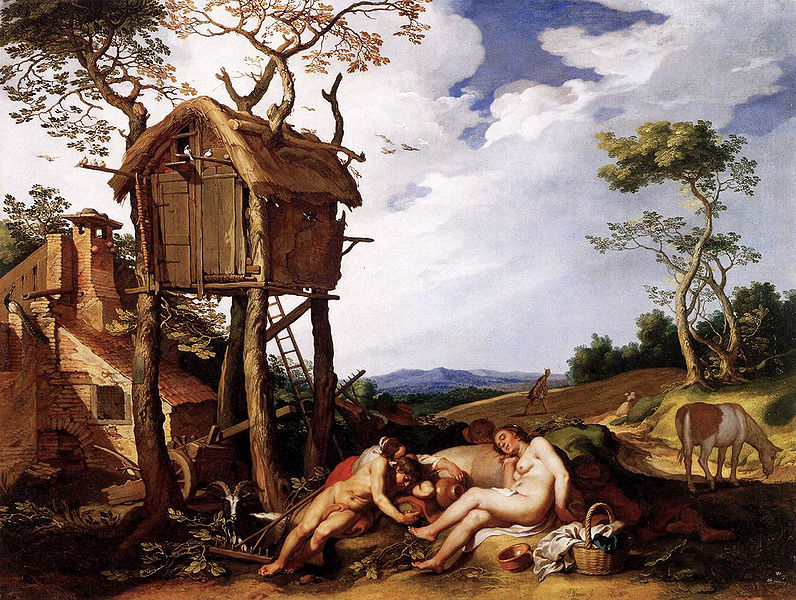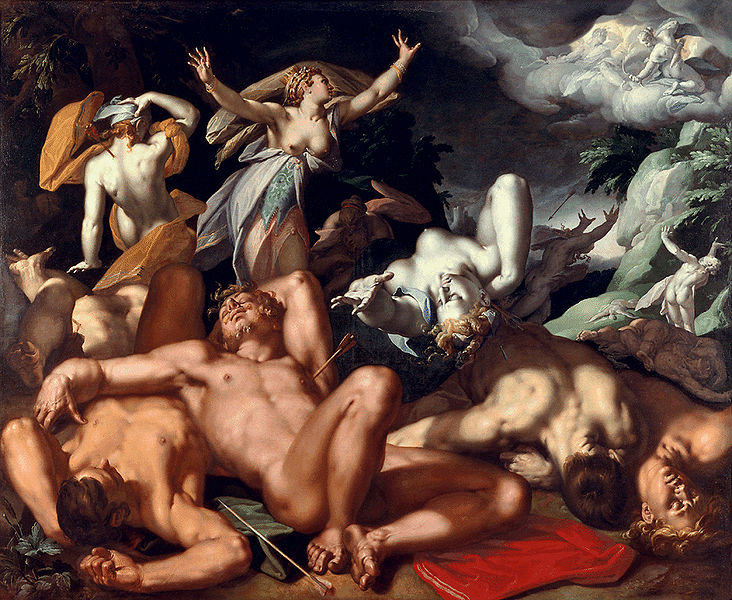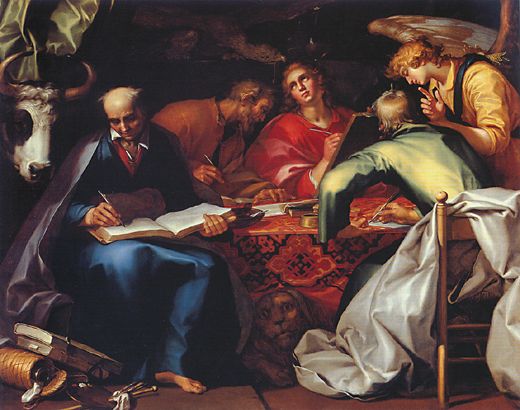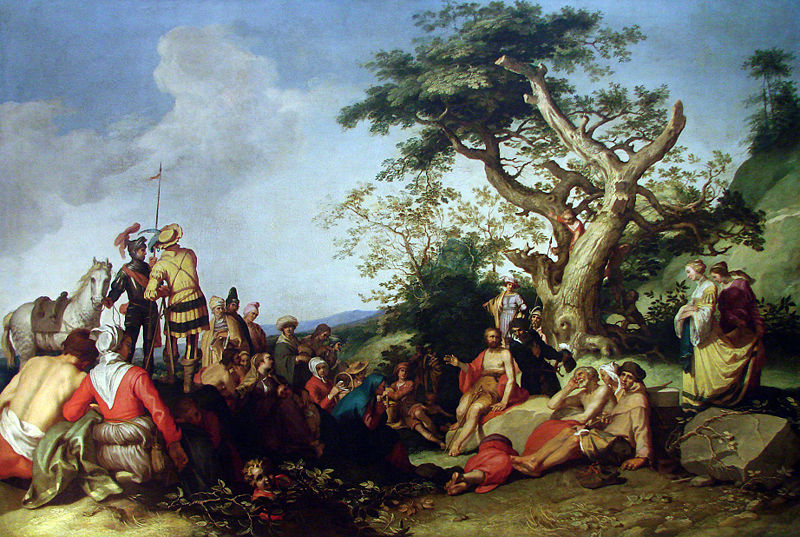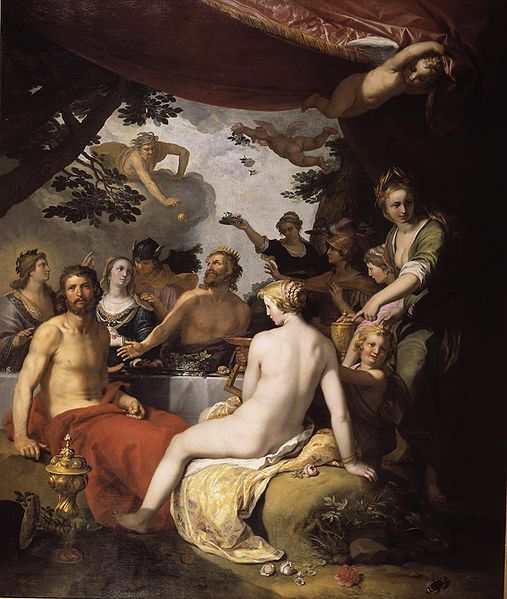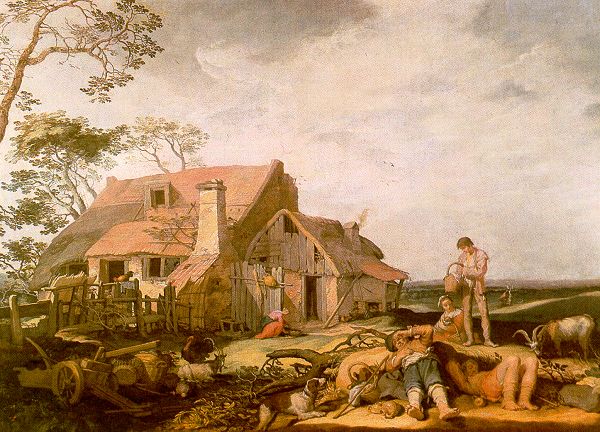<Back to Index>
- Humanist Pietro Carnesecchi, 1508
- Painter Abraham Bloemaert, 1566
- Emperor of the Roman Empire Servius Sulpicius Galba, 3 B.C.
PAGE SPONSOR
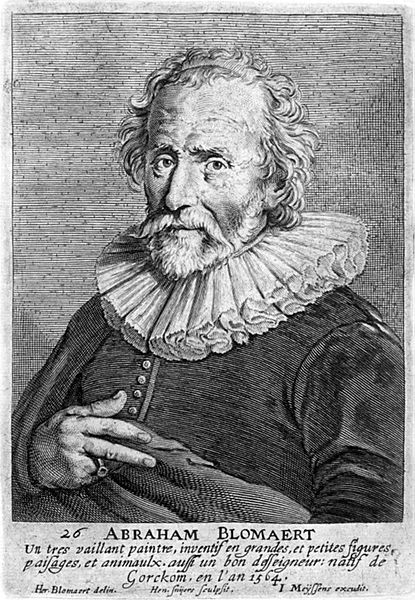
Abraham Bloemaert (1566 - 27 January 1651) was a Dutch painter and printmaker in etching and engraving. He was one of the "Haarlem Mannerists" from about 1585, but in the new century altered his style to fit new Baroque trends. He mostly painted history subjects and some landscapes.
Bloemaert was born in Gorinchem, the son of the architect Cornelis Bloemaert I, who moved his family to Utrecht in 1575, where Abraham was first a pupil of Gerrit Splinter (pupil of Frans Floris) and of Joos de Beer. From the age of 15 or 16, he then spent three years in Paris from 1581 – 1583, studying six weeks under a Jehan Bassot (possibly Jean Cousin the Younger) and then under a Maistre Herry. While in the School of Fontainebleau he received further training from his fellow countryman Hieronymus Francken. He returned to Utrecht in 1583, just before the French Wars of Religion began, which destroyed much of the work at the Chateau of Fontainebleau. When his father was appointed city architect (Stads - bouwmeester) in Amsterdam 1591 he accompanied him there, and on his father's death in 1593 returned finally to Utrecht, where he set up a workshop and became dean ("deken") of the "zadelaarsgilde" (traditional name of the Utrecht Guild of St. Luke from 1367 onwards) in 1594. In 1611, along with Paulus Moreelse, he was one of the founders of a new Utrecht painters' guild, called "St. Lucas - gilde", and became its deken in 1618. Many of Bloemaert paintings were commissioned by Utrecht's clandestine Catholic churches. He died in Utrecht.
He excelled more as a colourist than as a draughtsman, was extremely productive, and painted and etched historical and allegorical pictures, landscapes, still life, animal pictures and flower pieces. In the first decade of the seventeenth century, Bloemaert began formulating his landscape paintings to include picturesque ruined cottagges and other pastoral elements. In these works, the religious or mythological figures play a subordinate role. Country life was to remain Bloemaert's favourite subject, which he depicted with increasing naturalism. He drew motifs such as peasant cottages, dovecotes and trees from life and then on his return to the studio, worked them up into complex imaginary scenes.
Among his many pupils are his four sons, Hendrick, Frederick, Cornelis, and Adriaan (all of whom achieved considerable reputation as painters or engravers). The RKD also lists Jan van Bijlert, the two Boths, the two Honthorsts, Leonaert Bramer, Bartholomeus Breenbergh, Hendrick ter Brugghen, Jacob Gerritsz Cuyp, Willem van Drielenburg, Wybrand de Geest, Nicolaus Knüpfer, Cornelis van Poelenburch, Henrik Schook, Matthias Stom, Herman van Swanevelt, Dirck Voorst, and Jan Weenix.
Bloemaert is represented in the following collections:
Detroit Institute of Arts, Michigan; Fine Arts Museums of San Francisco; Hermitage Museum, Saint Petersburg; Indianapolis Museum of Art, Indiana; J. Paul Getty Museum, Los Angeles; Mauritshuis Royal Picture Gallery, The Hague; Metropolitan Museum of Art, New York City; Minneapolis Institute of Arts, Minnesota; Museum of Fine Arts, Boston; National Gallery of Canada, Ottawa; Rijksmuseum, Amsterdam; Royal Academy of Arts, London; University of Rochester, New York; Bob Jones University, Greenville, South Carolina; Centraal Museum, Utrecht, Netherlands; Cleveland Museum of Art, Ohio; Courtauld Institute of Art, London; Harvard University Art Museums, Massachusetts; Kunsthalle zu Kiel, Germany; amongst others.
